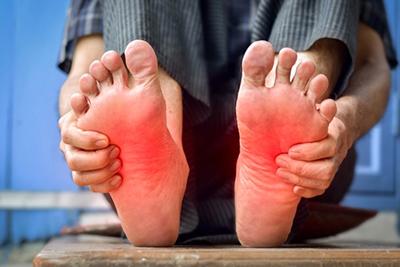
My Blog
-
Understanding Plantar Fasciitis: Causes, Symptoms, and Risk Factors
posted: Apr. 13, 2024.

-
The ABCs of Ingrown Toenails: Prevention and Treatment
posted: Apr. 11, 2024.
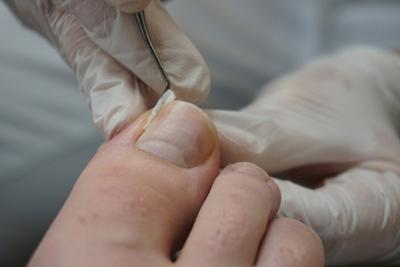
-
Diabetic Foot Care: Importance, Tips, and Warning Signs
posted: Apr. 08, 2024.

-
Symptoms of an Ingrown Toenail
posted: Apr. 01, 2024.
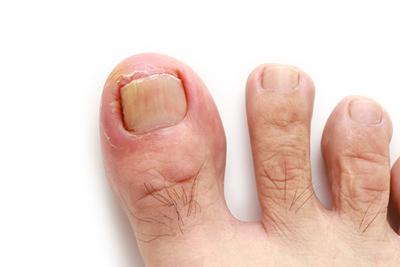
-
Treating Plantar Fasciitis
posted: Mar. 15, 2024.
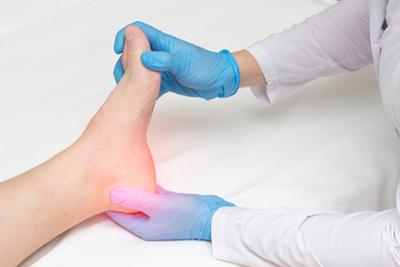
-
Managing Your Heel Pain
posted: Mar. 01, 2024.
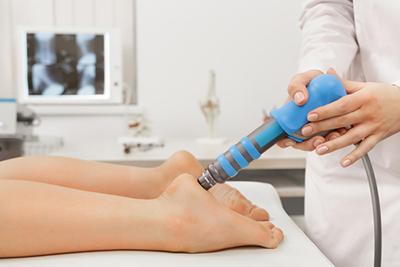
-
The Role of Podiatry in Managing Foot and Ankle Fractures
posted: Feb. 12, 2024.
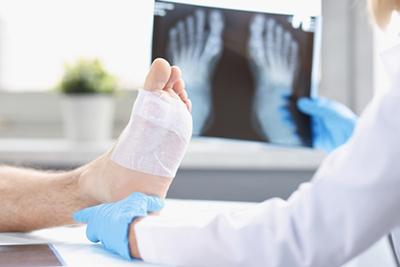
-
What You Need To Know About Ingrown Toenails
posted: Feb. 01, 2024.

-
Sports Podiatry: Addressing Foot and Ankle Injuries in Athletes
posted: Jan. 08, 2024.

-
Orthotics and Their Role in Foot Health: Custom Solutions for Various Conditions
posted: Jan. 01, 2024.

-
Diabetic Foot Care: Preventing Complications and Maintaining Foot Health
posted: Dec. 07, 2023.
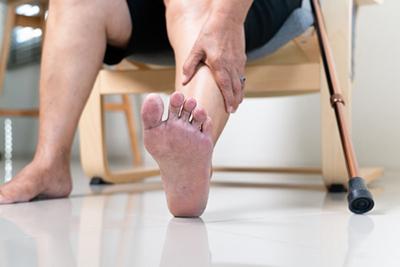
-
Preventing Foot Injuries: Tips for Proper Foot Care and Injury Avoidance
posted: Dec. 01, 2023.

-
The Benefits of Seeing a Podiatrist
posted: Nov. 07, 2023.

-
The Benefits Of Orthotics
posted: Nov. 01, 2023.
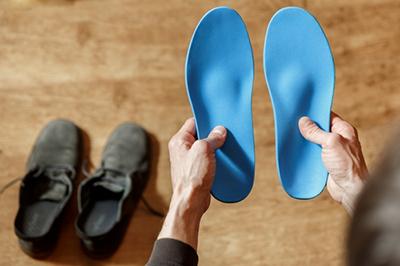
-
When To See a Podiatrist
posted: Oct. 06, 2023.

-
The Importance of Diabetic Care
posted: Oct. 01, 2023.
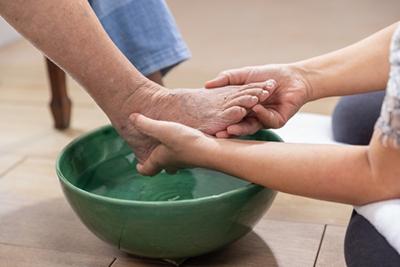
This website includes materials that are protected by copyright, or other proprietary rights. Transmission or reproduction of protected items beyond that allowed by fair use, as defined in the copyright laws, requires the written permission of the copyright owners.
